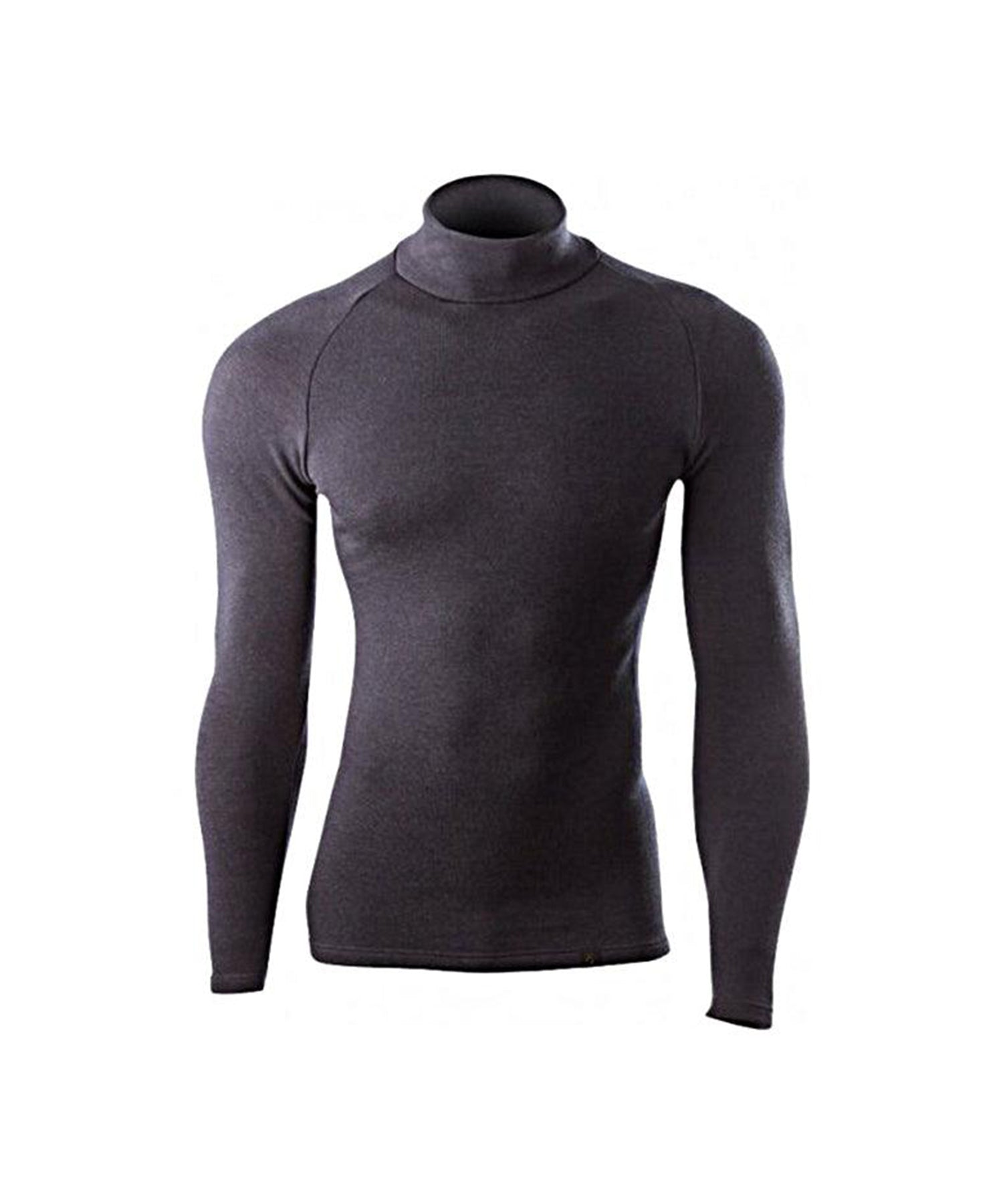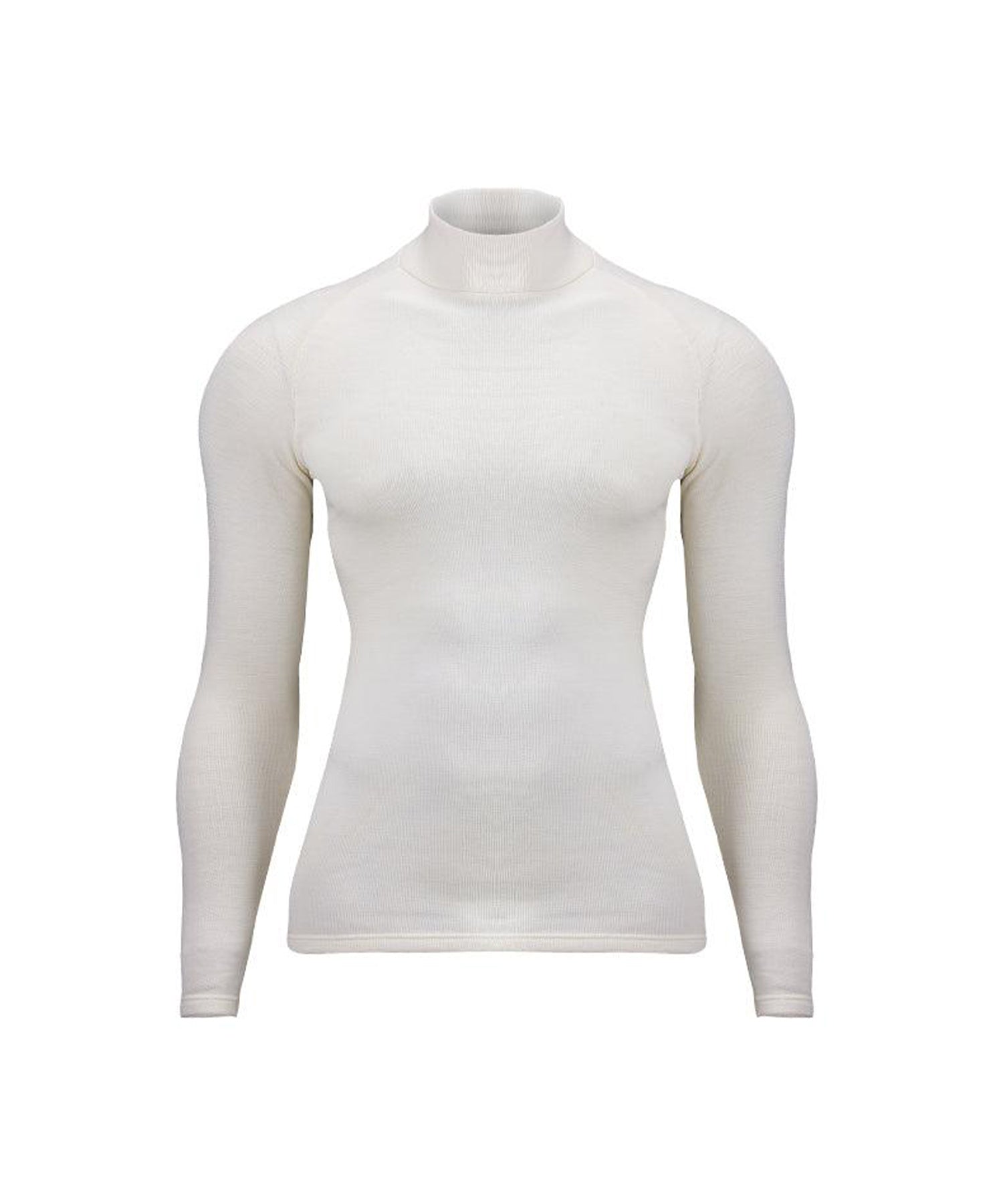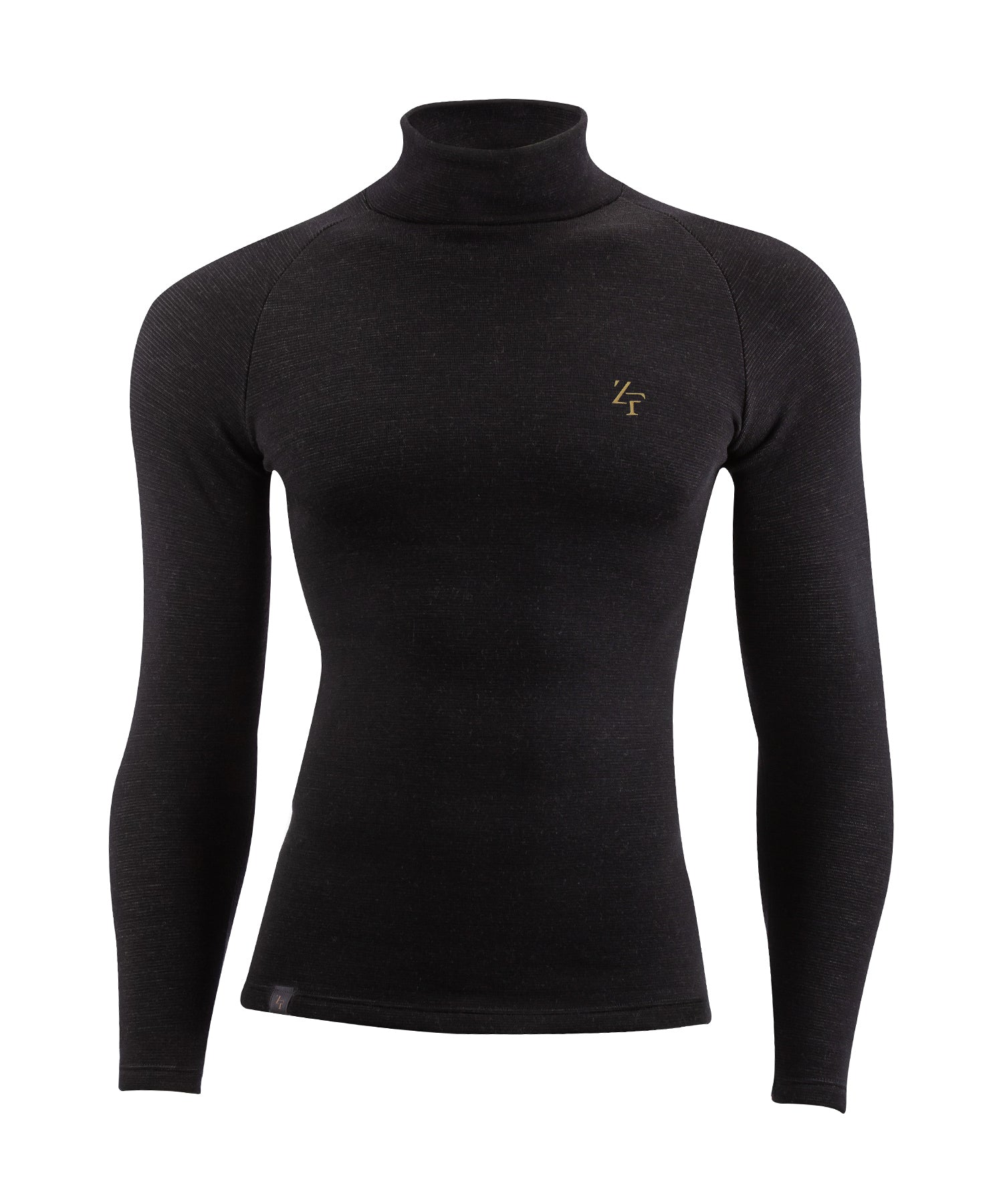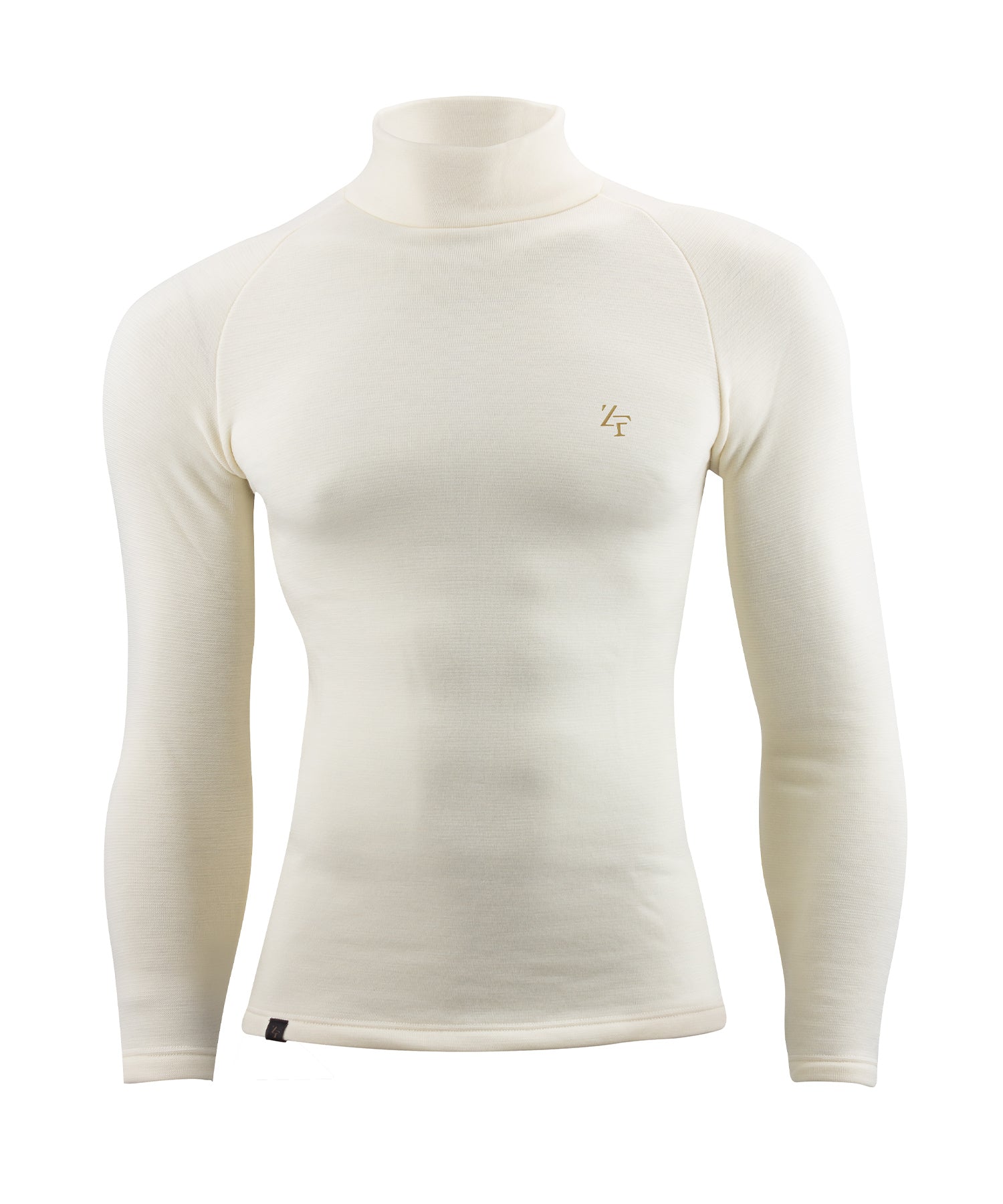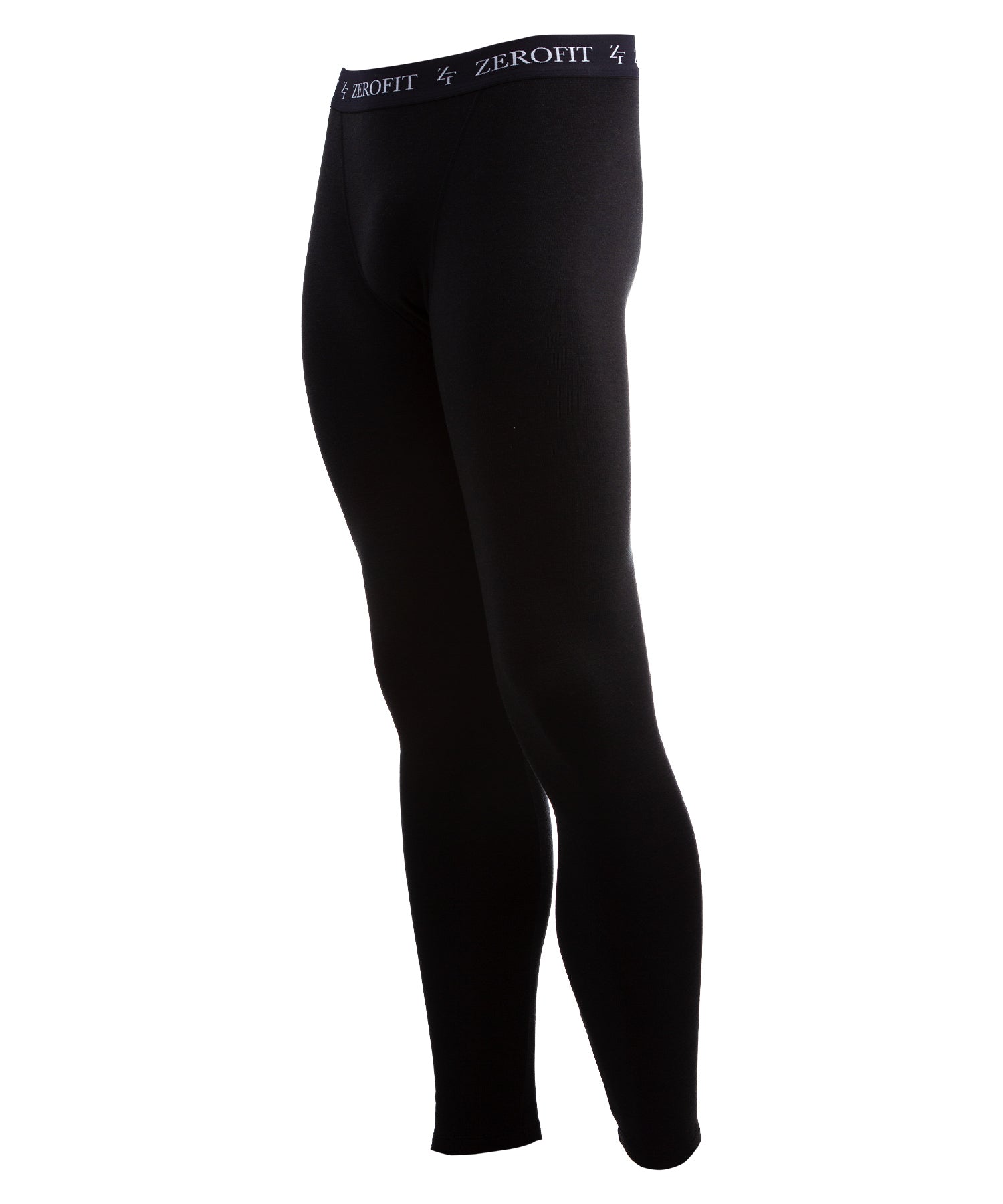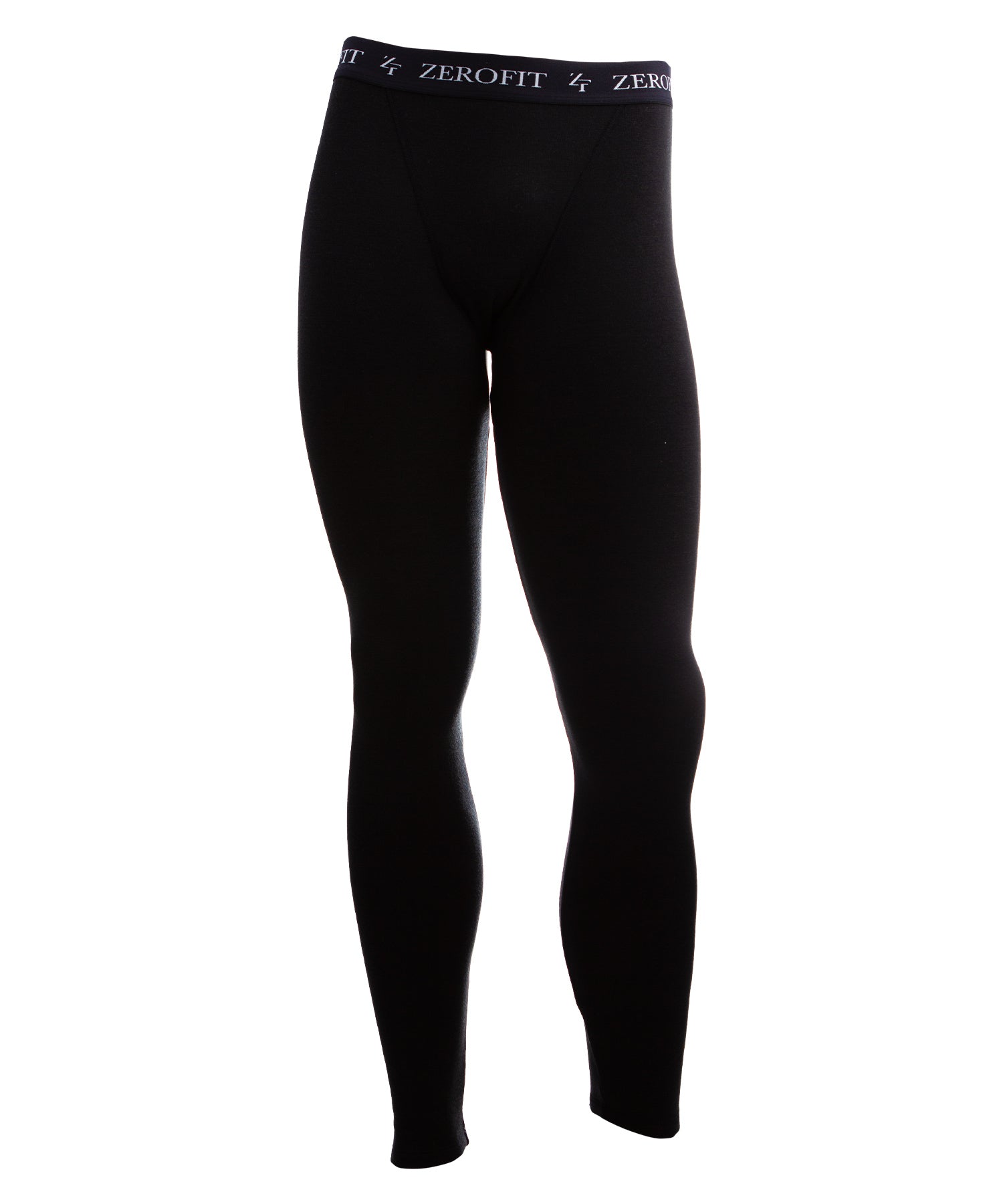
After work, I head straight to the driving range, but my best score remains at 98.
What changed me was professional golfer Nozomi Inoue's ``10-yard increment routine.''
In this article, we'll thoroughly explain the routines and high-quality practice menus used by top professionals, and provide you with tips you can start incorporating right away.
1. Introduction: Why do professionals care about routines and practice?

In golf, a routine is a series of actions that are performed in the same order every time.
The main benefits of this habitual process are:
- Mental stability: Reduce tension and anxiety and maintain a calm mind
- Improved shot consistency: Repeatable swing reduces deviation
- Increased concentration: Eliminate distractions and maximize your focus on every shot
This routine is a major factor in allowing world-class players such as Hideki Matsuyama and Jordan Spieth to maintain consistent play.
2. The specific routine practiced by professional golfer Nozomi Inoue
Q1. Please tell us about your usual practice routine.
Aim and shoot from 10 to 60 yards!
Approach routine to improve accuracy and focus with short clubs
I start with approaches and gradually increase the club number. I carry the ball to the target sign at 10 yards, 20 yards, 30 yards, 40 yards, 50 yards, and 60 yards, and then start practicing my shots. Since I need to make up for my lack of distance with my approaches, I thoroughly practice with short clubs. This type of practice improves the accuracy of my shots and also increases my concentration, so I always do this routine at the beginning of practice.
[Author's note]
I highly recommend the routine of "Once you get a feel for hitting the ball with a shorter club, it will stabilize the direction of your full shots."
Q2. Please tell us how you spend the day before a match and if you have any routine.
Reduce the number of balls you hit and improve your putting!
Nighttime recovery and next-day preparation routine
I limit the number of shots I practice and focus more on putting. I spend about 1-2 hours checking the direction of the ball using various practice equipment such as stroke check mats, metronomes, and tees. At night, I take a bath to wash off the sweat, and before going to bed, I always make sure to decide on and prepare my clothes for the next day.
[Author's note]
Professional golfer Inoue also said, "The putter is my lifeline. If I get my hands used to the center of the putter the night before, my anxiety the next morning disappears."
Q3. Do you have any warm-up routines before a round or any routines you always do before starting?
Morning stretches and long putts to check your touch!
General warm-up routine before the start
In the morning, I stretch while focusing on my body's axis and bones to increase the range of motion of my stiff body. Before starting, I first hit a long putt to check the green speed for the day. After that, I move on to approach shots, bunker shots, and shot practice, and finally start again with putting practice, hitting long and short putts. By starting with a long putt, I check my touch and feeling for the day.
[Author's note]
I use a clock app to calculate backwards: Arrive at 6:20 AM → Stretch at 6:25 AM → 9 long putts at 6:35 AM → Approach at 6:45 AM. When I manage my time well, I feel like I've won from the morning!
Q4. What do you do to improve your concentration?
Reset your thoughts with breathing and sky watching!
Mental routines that instantly improve focus
I regulate my breathing, look up at the sky and watch the clouds move to reduce distractions and improve my concentration. When I just can't concentrate, I open my eyes as wide as I can (laughs).
[Author's note]
It was a shocking experience to experience how simply "raising one's gaze to the sky" helped regulate breathing.
Q5. Please tell us if you have any "personal practice habits" that help you improve your score.
Sign hits in 10-yard increments!
Short game training routine for perfecting shots within 50 yards
I think the short game is key to scoring well, so I thoroughly practice distances within 50 yards. I highly recommend practicing hitting the target sign with a carry while increasing the distance in 10-yard increments to match your swing and carry.
[Author's note]
Color stickers are attached to the shaft according to the swing range, standardized in 10-yard increments. "Yellow = right knee" and "red = waist" can be easily identified at a glance for excellent reproducibility.
Q6. For beginners and amateur golfers, please tell us about some good practice points to keep in mind.
The correct address to overcome any slope!
Fix alignment by switching targets
Be mindful of addressing the ball correctly. During a round, you'll need to address the ball at various angles, which can make alignment more erratic. Whether or not you can address the ball correctly at that time will affect your next shot. Even at your regular driving range, if you check that you've got the basic address correct while changing the target from left to right, you should be able to improve your consistency.
[Author's note]
Create a "gate" with two clubs on either end of the practice mat, and address the ball with a different target each time. If more than 8 out of 10 balls go through the gate, you won't miss the target during the actual game.
-

Nozomi Inoue LPGA Tournament Professional
nozomi_inoue111
profile
Joined the LPGA in 2009 (81st class).
His favorite club is the putter. He says, "The putter is my lifeline," and he scores well with his solid short game.
3. High-quality practice methods used by professionals
3-1. Quality over quantity
He places more importance on "hitting 30 balls while focusing on the task at hand than hitting 100 balls."
Instead of just throwing a lot of balls aimlessly, establish a cycle of purpose → method → verification.
3-2. Typical drills to improve your skills
- Slow swing wedge drill: Develop the sense of swinging with your whole body and correct hand swings.
- High Teeing - Tee up at the same height as an iron drill driver, developing a hand-first stance and accurate angle of attack.
- Ball clamping drill: Hold the ball between your arms and go from a half shot to a full shot.
Corrected the habit of pulling back the right elbow. - Two-Rail Putting: Use a thin stick as a rail to hone your sense of pulling the head straight.
- Practice swinging with both feet together + balance disc.
Strengthen your core and sense of balance at the same time, and acquire a stable head trajectory.
3-3. Techniques for making practice a habit
- Stick to a routine with the same warm-up order every time
- Record your swing with your smartphone and check it on the spot
- Practice your approach shots on the short course
4. Find a routine and practice method that works for you

Professional routines have one thing in common: they're simple, fit your personality, and consistent.
First, customize it by following the steps below.
- Copy one professional routine that catches your eye
- Adjust your time allocation to suit your personality (impatient/cautious/easily nervous, etc.)
- Flexible shortening and lengthening depending on wind, lie, and other conditions
Golf is all about etiquette. Don't waste too much time on your routine, and remember to play first.
5. The relationship between mental strengthening and routine

Routine is mental training in itself.
Incorporate image training and focus on the process rather than the score.
Mistakes happen to everyone. Just be positive and move on to the next shot!
6. Summary

The strength of professionals is supported by thorough routines and high-quality practice. Even amateurs can improve their scores by incorporating purposeful, small-ball practice and a reproducible routine.
Why not try incorporating one of Pro Inoue's routines into your practice today?
Take your next step and develop your own powerful routine!




![[Exchanges now available] Golf glove fitting service](http://zerofit.com/cdn/shop/articles/1_97a2466b-c6b0-4cd6-bb54-24094b225980_large.jpg?v=1763000733)




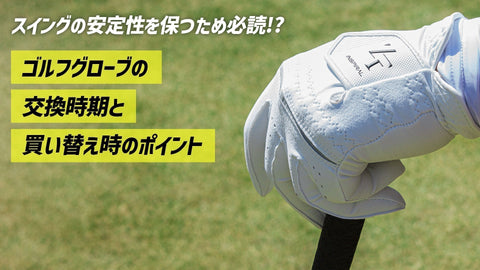
![[I tried it] Golf gloves that won't slip even when soaking wet](http://zerofit.com/cdn/shop/articles/inspiralgloves_9a6cbcaa-1635-48ab-a1fa-e56ed81ff302_large.jpg?v=1754377203)









